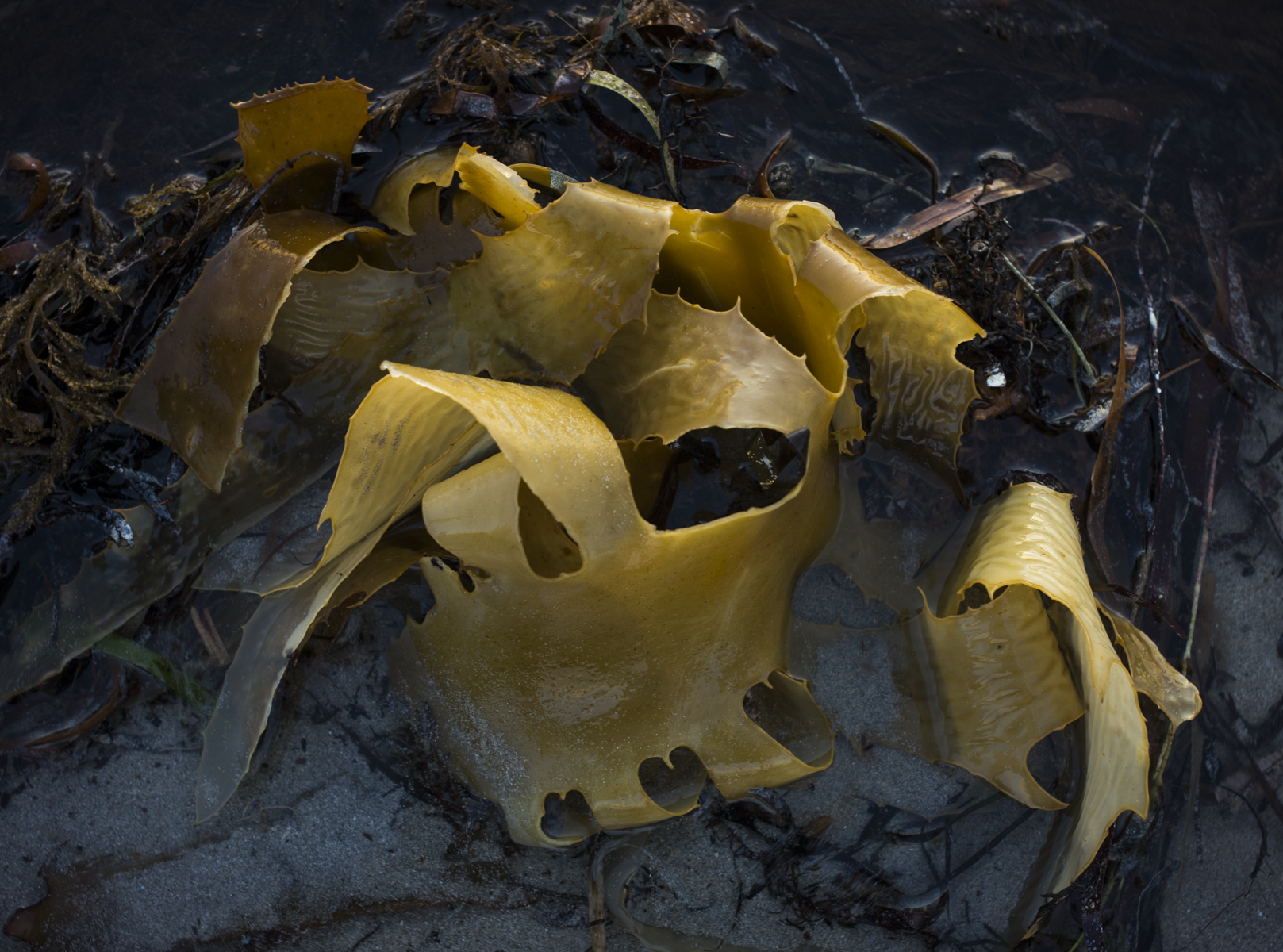Gormanston is an old mining town near Queenstown in Tasmania that has pretty much died. There are only a few people living there now. There are more abandoned and derelict houses than lived in ones.

The cemetery is on a side of a hill and is unmarked. There is just a low grade gravel road off the Lyell Highwav as you head towards Lake Burbury. What is fascinating about the cemetery is the way that it has become overgrown with the native flora. You need to dig around to even find some of the graves.










